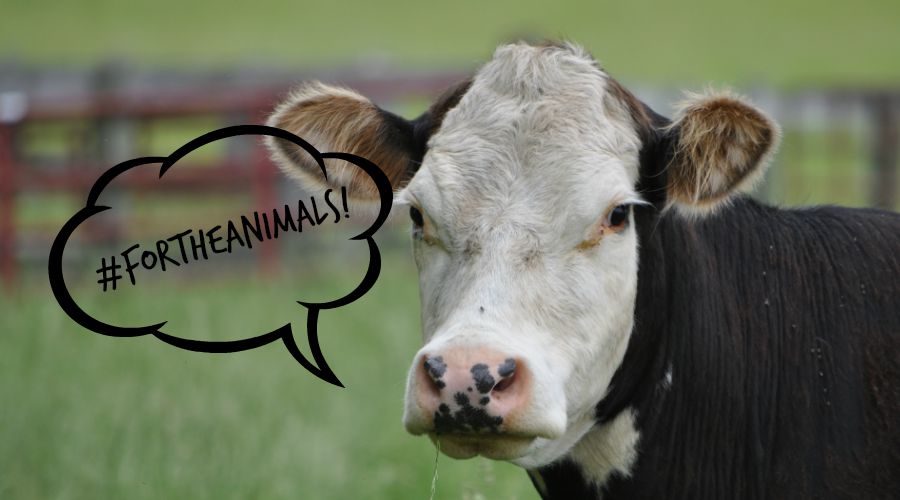 US-based farm animal protection organization, Mercy for Animals, recently asked this question, and it has now graciously shared its results publicly so that others can implement the findings into their own advocacy on social media. The findings confirmed some conventional ideas about managing a presence on social media, while other findings show that animal protection advocacy differs significantly from other types of promotional social media use.
US-based farm animal protection organization, Mercy for Animals, recently asked this question, and it has now graciously shared its results publicly so that others can implement the findings into their own advocacy on social media. The findings confirmed some conventional ideas about managing a presence on social media, while other findings show that animal protection advocacy differs significantly from other types of promotional social media use.
Of course, judging success from social media depends on what your goals and aims with social media are. If your goals are to generate discussion or promote an event, you’ll likely use metrics based off number of comments or click-through rate.
Mercy for Animals’ goal was to spread awareness for farm animal protection as far as possible, and so the metric it focused on was the number of impressions for each post. Also, the insights in the report are specific to farm animal advocacy, but many results can be transferable to other types of animal advocacy, and provide a baseline for you to test new ideas to promote animal protection on social media.
Here are Mercy for Animals’ key findings, in its own words:
- Post tons and tons of Facebook videos, then post some more.
- Make people feel something, especially sadness, anger, amusement, or nausea.
- Use fewer than 10 words.
- Ask for shares, not likes or comments.
- Quote often.
- Link to a news article, not a blog, when you want more traffic.
- If it’s about an animal, make it a baby.
- Farmed animal + companion animal = win.
- Post food and meme photos.
The report also notes that the quality of a social media post is a product of the number of impressions and the impact the post has on those who see it. While the report looked only at impressions, and saved an analysis of impact for another time, studies by other advocacy groups have found that messaging about animal cruelty is often more effective than calls for moral consistency.
You can read about Mercy for Animals’ findings in more detail and download the data for the report here.
If Mercy for Animals’ report has your social media gears working, here are some more resources and case studies that we think might be useful in developing your future social media campaigns:
- Causes of the Furred and Feathered Rule the Internet – National Geographic
- Using Social Media – Animal Sheltering
- Social Media for Good – A resource on social media and other tech issues for nonprofits and NGOs
- Nonprofit Tech for Good – Another resource on social media and other tech issues for nonprofits and NGOs
- Creating Social Change with Social Media – Harvard Business Review
- Social Media for Social Change: Using the Internet to Tackle Intolerance – Institute for Strategic Dialogue
- Tweeting Social Change: How Social Media Are Changing Nonprofit Advocacy - Nonprofit and Voluntary Sector Quarterly
Has your organization managed a successful social media campaign for animal protection? If so, tell us about your campaign in the comments, and we may even feature your campaign in a future blog as a case study!
Photo credit: West Virginia 2013 via photopin (license).
